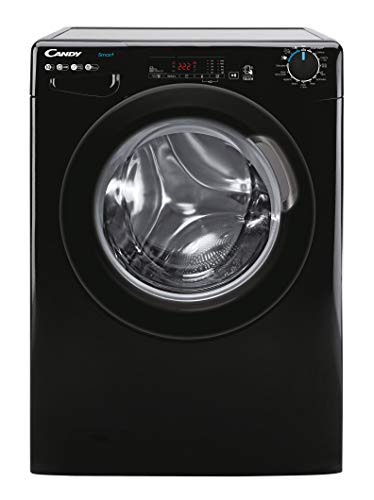Why Buy a
best 10kg washing machine Front Loader?
The front-loader of 10kg is ideal for large loads of laundry, with 13 wash programs that include handwash as well as plenty of space to accommodate large wash cycles. With its smart technology and advanced features, it's a perfect partner for your laundry at home.
Front loaders are generally slower to wash, are not available in larger capacities, and often suffer from mildew and mould. However, they are more energy and water efficient than top loaders.
Energy
The primary energy cost in a
10kg front loader is the power used to heat water to operating temperature, and to run the motor. These costs can be offset by lower operational energy consumption in comparison to top-loaders, including less power used during the agitation process and during spin, as well as less water. Certain machines offer a low-water wash option that makes use of significantly less water than the cotton cycle, saving on both energy and water consumption.
In general,
10kg front Loader front-loading washers consume less soap than top-loaders. The tumbling action of the drum reduces foamy suds and decreases overflows, without affecting the cleaning action. The door seals as well as the bellows of top-loaders are more susceptible to wear. The mechanical agitator of top-loaders also causes significant wear to clothing fabrics. It sways and drops clothes continuously, pushing them against one another. This abrasion is measured by the amount fabric that accumulates on the clothes dryer's screen for lint. Lint is primarily composed of stray fibers removed from clothing while washing and drying. Many top-loaders have been designed to operate at slower speeds and may include an "freshening cycle" to clean the bellows or mechanical gears regularly.
Water

Top-loading washers require an impeller or agitator to push soap and water through the clothes, causing wear and abrasion. Front-loaders however make use of paddles to gently move clothes around the spinning drum while cleaning, reducing wear. The rate of wear can be roughly estimated by the amount of lint collected in dryer lint filters, which is largely composed of stray threads detached from clothes during drying and washing.

Because front-load machines require less water than top-loaders which means they are less prone to leakage. True front-loaders might require a bellows or seal to stop water flowing out of the open door during operation, however they do not typically require maintenance in the same way as those on top-loaders.
Front-loaders are less energy-intensive than top-loaders because they can utilize hot or cold water and some do so without an external heating source. This efficiency can lower the cost of running the same laundry load, particularly in areas where detergent, water and energy are expensive.